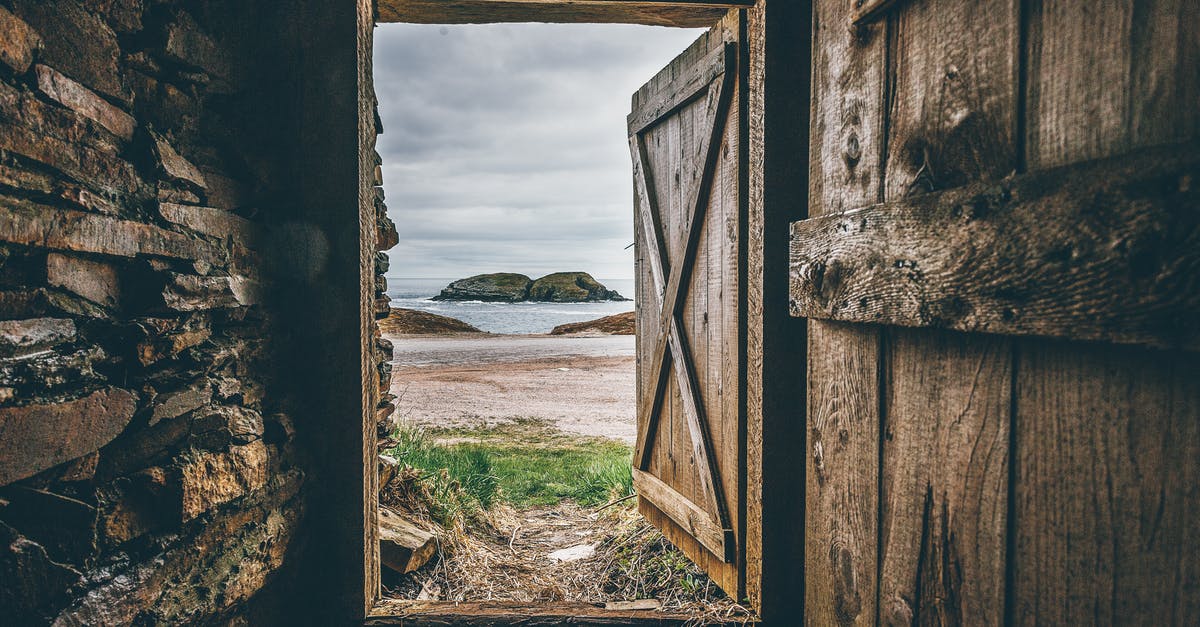What is the "idea" behind thawing out meat?

Is it some how better to thaw out meat in a refrigerator versus on the counter versus running hot water over it versus in the microwave? Is it the longer the time meat has to thaw out the more taste is retained? If I'm pressed for time, could combinations be used: for example leaving meat on the counter for 1 hour and then microwaving it until completed thawed?
Best Answer
I would think that USDA would err on the side of conservative when it comes to safety, especially with no financial interests in the equation
http://www.fsis.usda.gov/Fact_Sheets/Big_Thaw/
Perishable foods should never be thawed on the counter, or in hot water and must not be left at room temperature for more than two hours.
Even though the center of the package may still be frozen as it thaws on the counter, the outer layer of the food could be in the "Danger Zone," between 40 and 140 °F — temperatures where bacteria multiply rapidly.
When thawing frozen food, it's best to plan ahead and thaw in the refrigerator where it will remain at a safe, constant temperature — at 40 °F or below.
There are three safe ways to thaw food: in the refrigerator, in cold water, and in the microwave.
They're all covered in the above link, but here's the fastest one since it best meets your requirement of reasonably quick results:
Microwave thawing
When thawing food in a microwave, plan to cook it immediately after thawing because some areas of the food may become warm and begin to cook during the thawing process (bringing the food to "Danger Zone" temperatures). Holding partially cooked food is not recommended because any bacteria present wouldn't have been destroyed and, indeed, the food may have reached optimal temperatures for bacteria to grow.After thawing in the microwave, always cook immediately after, whether microwave cooking, by conventional oven, or grilling.
Foods thawed in the microwave should be cooked before refreezing.
And when all else fails:
Cooking without thawing
When there is not enough time to thaw frozen foods, or you're simply in a hurry, just remember: it is safe to cook foods from the frozen state. The cooking will take approximately 50% longer than the recommended time for fully thawed or fresh meat and poultry.
From personal experience, I prefer the cold water method to microwave for fast thawing, but I rarely if ever use a microwave anyway so others on here might have techniques that minimize the flavor/quality downside of it.
The factors that make the microwave method less safe are what also lower the quality, taste and texture of the food – the unevenly thawed parts, over-cooking some of it while undercooking other areas, etc.
Pictures about "What is the "idea" behind thawing out meat?"



What is the purpose of thawing meat?
The process of warming food that has been frozen so that the food can be eaten or prepared to be served. As food warms, it become susceptible to bacterial growth so it is wise to understand that different foods should be thawed at different lengths of time and may require different methods for the thawing process.What is the danger of refreezing thawed meat?
Once food is thawed in the refrigerator, it is safe to refreeze it without cooking, although there may be a loss of quality due to the moisture lost through thawing. After cooking raw foods which were previously frozen, it is safe to freeze the cooked foods.What is a common mistake people make when thawing meat?
It's understandable that you want to speed up the defrosting process so you can cook the meal you planned to eat at a certain time, but soaking it in hot water is a very bad idea. Thawing meat in hot water creates the perfect breeding ground for bacteria.What happens when you leave meat out to thaw?
Improperly defrosted meat can result in food poisoning. The USDA suggests not leaving any meat out in the open for more than two hours, or one hour in climates above 90 degrees Fahrenheit. Any meat left too long in temperatures between 40 and 140 degrees Fahrenheit may rapidly develop bacteria.The Best Way to Thaw Meat
Sources: Stack Exchange - This article follows the attribution requirements of Stack Exchange and is licensed under CC BY-SA 3.0.
Images: A K, Harrison Haines, RF._.studio, Anna Shvets
